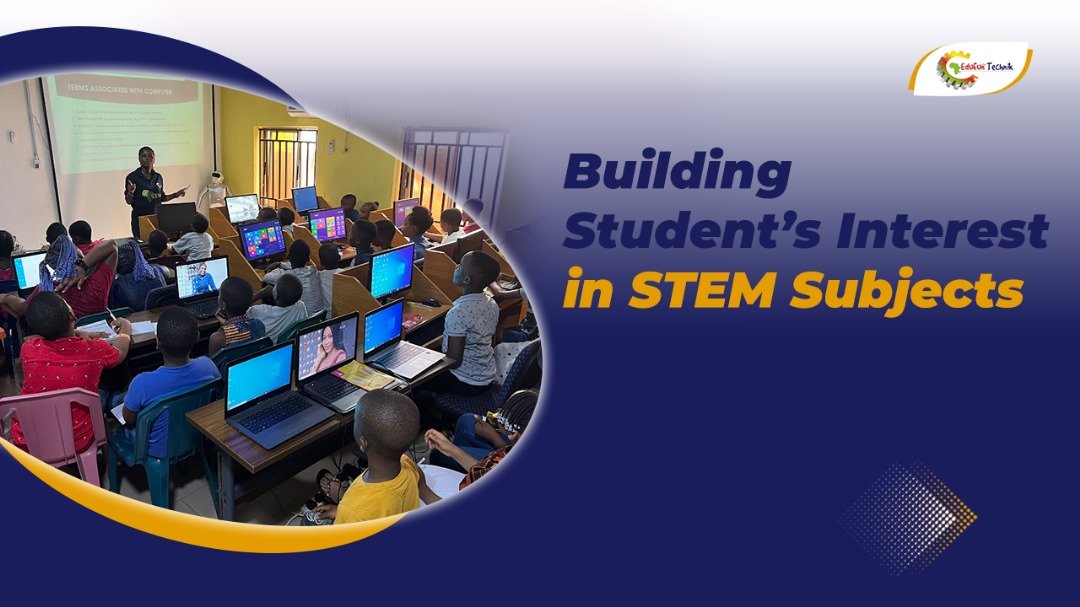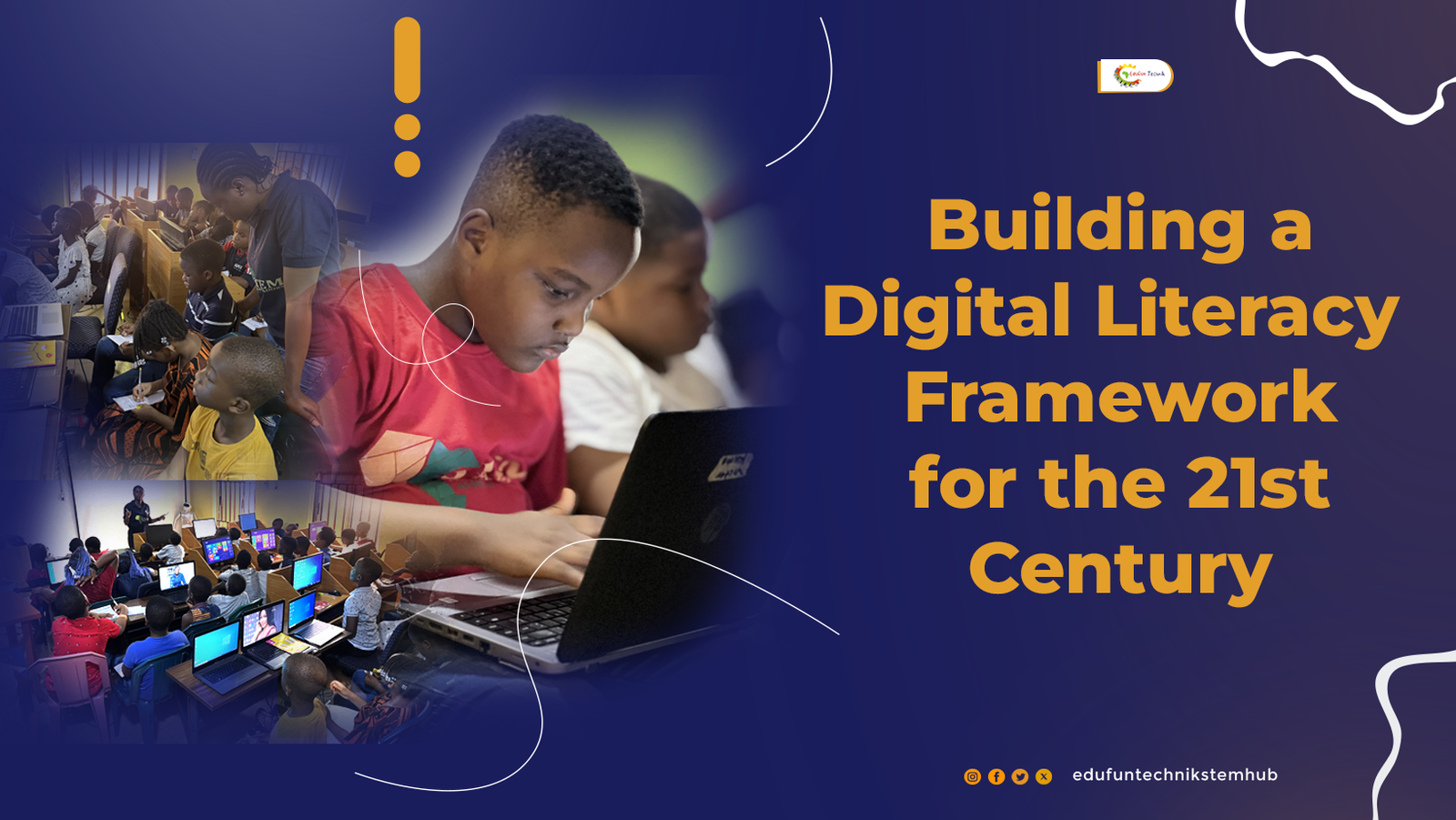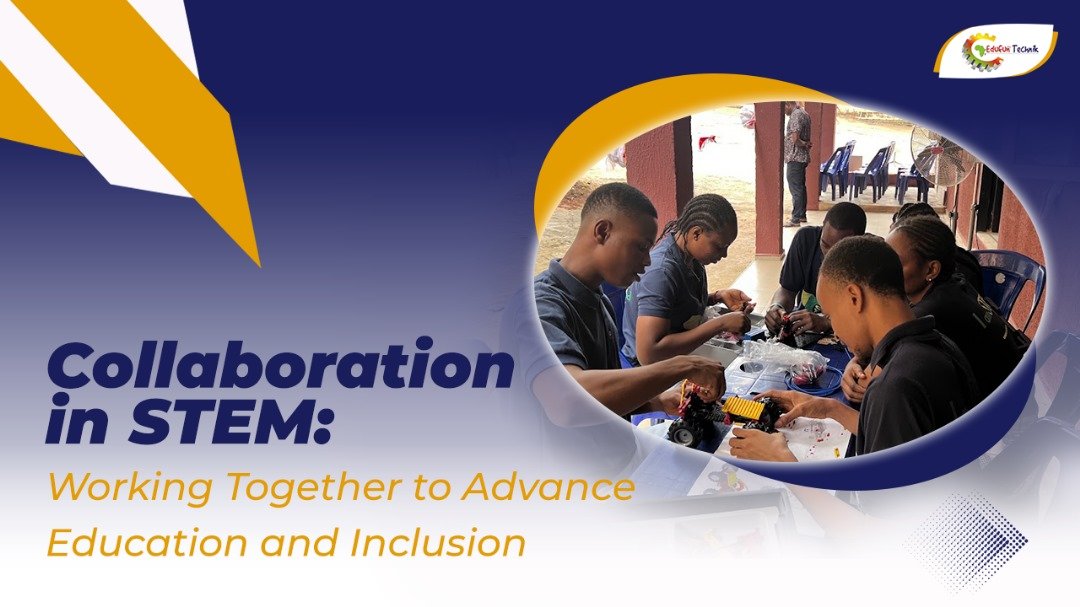Many students feel that STEM is boring, too hard, or not for them. This is a big problem, especially in schools where learning is mostly about memorizing formulas and writing notes. Without interest, students do not fully enjoy or understand how important STEM is in real life.
Building student interest in STEM is very important. Schools, teachers, parents, and communities must work together to help students see that STEM is fun, useful, and full of real-world applications.
Make STEM Hands-On, Not Just Theory
Students lose interest in STEM because classes are filled with long notes, heavy textbooks, and memorizing facts without any real-life experience. Students often wonder, “Why am I learning this?”
The best way to change this is to make STEM hands-on. Students should not just read about science; they should do science. Let them build, test, break, and fix things. Check out the simple coding and DIY projects kids can do.
For example, instead of only teaching about electricity in class, give students batteries, wires, and bulbs to build a simple circuit. Instead of talking about bridges in engineering, let them design and build one using paper or straws.
When students touch and build things, STEM becomes exciting. It stops feeling like a hard subject and starts feeling like play that teaches.
Connect STEM to Real Life
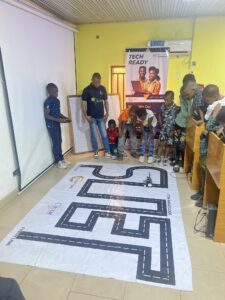
STEM feels boring when students cannot see how it connects to the real world. However, when teachers show students how STEM solves real problems, students start paying attention.
Talk about how engineers design bridges and roads. Show how doctors use technology like X-rays or robots in surgery. Explain how coding is used to build games, apps, and websites.
Here is an instance, when teaching about water filtration in science, show how this knowledge helps people in communities that lack clean drinking water. When teaching math, explain how it helps in business, cooking, and even sports.
When students see how STEM shapes the world around them, they become more curious and eager to learn.
Use Fun Challenges and Competitions
Nothing gets students excited like a good challenge. STEM competitions bring energy into the classroom. Whether it is a robotics contest, a science fair, a coding hackathon, or an engineering design challenge, these events make learning exciting.
Competitions encourage teamwork, creativity, and problem-solving. Students also get to show their skills and feel proud of what they create.
Schools can organize simple contests like “Who Builds the Tallest Paper Tower” or “Create a Game Using Scratch.” Larger events like Technovation Girls, International Space AND STEAM FunFest, First Lego League, or the Nigeria Science Olympiad also help students see how fun STEM can be.
Bring STEM Role Models Into the Classroom
Students need to see people who look like them doing amazing things in STEM. When students meet scientists, engineers, coders, and inventors, it breaks the idea that STEM is only for “special” people.
Invite guests like software developers, medical engineers, environmental scientists, or robotics experts to speak at school. Let them share how they started, what they do, and why they love their jobs.
Hearing real stories makes a big difference. When girls meet female engineers, they start believing, “I can do this too.” When students meet someone from their community succeeding in STEM, it feels possible for them, too.
Start STEM Clubs and After-School Programs
Regular class time is often too short to explore STEM deeply. A good way to grow student interest is by starting STEM clubs in schools.
In these clubs, students can learn coding, robotics, science experiments, or engineering projects in a relaxed and fun environment. Clubs remove the pressure of exams and allow kids to explore creativity and curiosity.
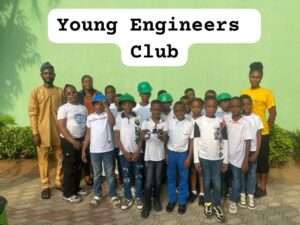
STEM clubs also build teamwork. Students can work together on projects like making a simple robot, coding a game, or designing a water filter.
Schools that run regular STEM clubs often see that students begin loving science and technology more than ever.
Make Use of Free STEM Resources
Today, there are many free tools online that make STEM learning fun. Websites like Scratch, Code.org, Khan Academy, and NASA for Kids offer games, coding lessons, and fun science activities.
Teachers can bring these tools into classrooms, and parents can encourage kids to explore them at home.
Scratch allows kids to create animations and games while learning coding basics. NASA Kids Club helps students learn about space in a fun and interactive way.
When learning feels like play, students stay interested and want to learn more.
Celebrate Effort, Not Just Results
STEM can be challenging. Sometimes experiments fail. Sometimes the code does not work. This can frustrate students and make them feel like giving up.
It is important for teachers and parents to remind students that failure is part of learning. Celebrate when students try, experiment, and think creatively, even if the result is not perfect.
A simple phrase like “Great effort! Let’s try a different way” can help students feel encouraged instead of defeated.
When kids understand that mistakes are part of STEM, they become braver in trying new things.
Support Girls in STEM
In many places, girls are told, directly or indirectly, that STEM is not for them. This is false, and it stops many talented girls from exploring science, technology, engineering, or math.
Schools can change this by encouraging girls to join STEM clubs, take part in competitions, and choose science subjects. Invite female engineers, scientists, and coders to speak to the girls.

Programs like Queen Afrique Academy and She Code Africa are doing great work in this area.
When girls see other girls succeeding in STEM, they believe they can do it too.
Link STEM to Future Careers
Many students ask, “Why should I learn this?” They do not realize that STEM opens doors to exciting careers.
Teachers should regularly talk about the jobs that STEM leads to: app developer, data analyst, AI specialist, renewable energy engineer, robotics expert, environmental scientist, space explorer, and many more.
When students understand that STEM leads to jobs that are creative, impactful, and often high-paying, they start to care more about learning.
Make Learning Collaborative, Not Competitive
While some competitions are good, it is also important that STEM learning does not feel like a constant race where only the smartest win.
Students should learn that collaboration is key in the real world. Scientists, engineers, and coders often work in teams to solve problems.
In classrooms, group projects, teamwork challenges, and peer learning help students feel supported and engaged. Working together builds confidence, communication skills, and deeper understanding.
Finally: Building a Love for STEM Starts Now
STEM is the foundation for solving the world’s biggest problems and building the future.
Schools that focus on hands-on learning, real-life connections, competitions, role models, and teamwork help students develop a love for STEM. When students feel that STEM is fun, useful, and possible for them, they become excited learners who are ready to create, invent, and change the world.
The responsibility belongs to teachers, parents, and communities. Together, we can make STEM exciting and meaningful for every child.

